Sociology professor reflects on the challenges and responsibilities of Notre Dame as a Catholic university
Christian Smith, a premier professor of sociology at the University of Notre Dame and director of the Center for the Study of Religion and Society, recently published his own reflections on the implications, challenges, and responsibilities of a Catholic university in America. Entitled Building Catholic Higher Education: Unofficial Reflections from the University of Notre Dame, the book explores Notre Dame’s unique role as a Catholic institution for higher education.
Written in response to the pressures on modern Catholic universities and colleges to either secularize or become sectarian, Smith engages issues focusing on Notre Dame in order to “contribute to a national conversation affecting all Catholic universities and colleges in the United States (and perhaps beyond) today.”
Smith calls first for Notre Dame to have “a clear and compelling vision of its mission, which its leadership must continually articulate, explain, and promote,” especially as an institution “attempting to do something countercultural.” He asserts that Notre Dame’s tri-fold mission is, in the words of University President Father John Jenkins, CSC, “becoming a preeminent research university with a distinctive Catholic mission and an unsurpassed undergraduate education.” This is what makes Our Lady’s University indispensable, yet also poses challenges for fulfilling the demands of such an ambitious mission statement.
Smith identifies several challenges Notre Dame faces in seeking to fully realize her mission. Among these is the university’s undeniably countercultural goal to be faithfully and actively Catholic, which often incurs negative opinions from certain levels of the academic world.
Another challenge that Smith describes is the recruitment, hiring, and formation of faculty who actively help fulfill the mission in all three categories of its mission. The university is honored to recognize many such scholars as faculty members at Notre Dame, but it requires rigorous dedication to seek out, attract, and retain such vital individuals as members of university’s community of scholars. Smith notes the critical need for such faculty, and the imperative that current faculty members support Notre Dame’s Catholic mission, whether actively or tacitly.
The book is a concise 128 pages, simply and clearly articulating Smith’s vision of Catholic higher education, and includes an appendix explaining “The Role of Theology at a Catholic University” by John C. Cavadini, Professor of Theology, former Chair of the Department of Theology, and Director of the Institute for Church Life at the University of Notre Dame.
In the appendix, Cavadini asserts the relevance and necessity of theological discussion, not only within the bounds of Catholic education, but in the larger context of society. The essence of his assertion of the value of theological education is evident in this passage: “The Catholic intellectual life, as a theologically integrated wisdom tradition, provides a middle ground between secularism and sectarianism. This is the ‘witness,’ specific to a university, that a Catholic university can—and does—provide in our culture.”
The book seems to bear a somewhat pessimistic, though not fatalistic, outlook on Notre Dame’s future as a Catholic university. While it is ambitious and perhaps impossible to be a faithful Catholic university, a leading research university, and provide a wholesome and competitive undergraduate education, this tri-fold mission propels Notre Dame forward among the ranks of colleges and universities as one providing a uniquely human education. It is her commitment, Smith describes, “to the flourishing of the whole person—intellectual, physical, moral, and spiritual” that distinguishes her from other educational institutions.
The book does not contain information that would be new or surprising to someone already familiar with Our Lady’s University, nor does it offer specific solutions to the challenges it identifies. The book does, however, helpfully articulate her mission as well as envision what a fulfillment of that mission might look like.
I would recommend this book to anyone seeking perspective on a vision of Notre Dame’s Catholic educational mission and ways in which the faculty might and should strengthen it. It provides thoughtful insights on Notre Dame’s identity from two of its own esteemed professors, who care deeply and personally about her Catholic mission and her goal of providing valuable undergraduate education.
Victoria Velasquez is a sophomore majoring in English and FTT. Ask her if she likes cheese at vvelasq2@nd.edu.
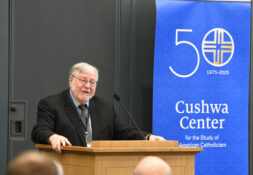
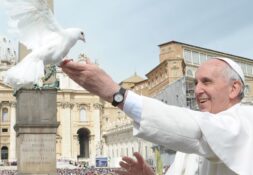
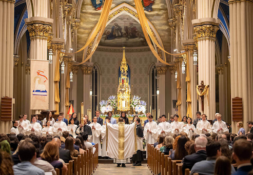
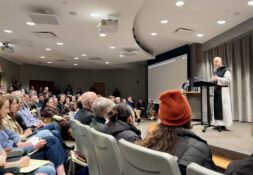
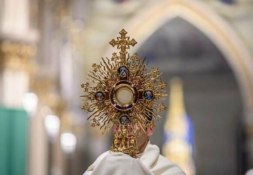

Leave a Reply